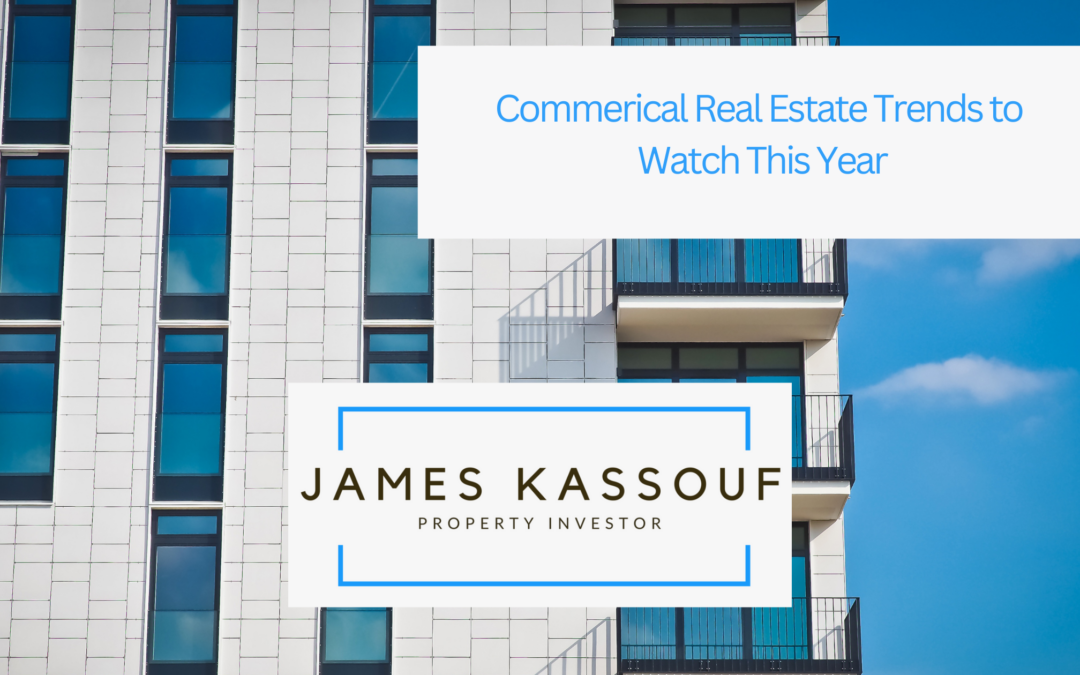The commercial real estate market is continually evolving, influenced by economic shifts, technological advancements, and societal needs. As we navigate this year, several key trends are shaping the industry, offering challenges and opportunities for investors, developers, and businesses. Here’s a look at the commercial real estate trends to watch this year.
Hybrid Workspaces and Flexible Office Solutions
The hybrid work model, combining remote and in-office work, continues to gain traction. Companies are seeking flexible office solutions to accommodate this new work dynamic. Coworking spaces, serviced offices, and hot-desking arrangements are becoming increasingly popular. These spaces offer businesses the flexibility to adapt to changing workforce patterns, allowing them to scale up or down as required. The demand for short-term leases and adaptable workspaces is expected to rise.
Sustainability and Green Building Initiatives
Sustainability is no longer just a buzzword but a critical consideration in commercial real estate. Green building initiatives are gaining momentum as tenants and investors prioritize environmental responsibility. Energy-efficient buildings, renewable energy sources, and sustainable construction practices are in high demand. Certifications such as LEED (Leadership in Energy and Environmental Design) are becoming standard expectations. Properties emphasizing sustainability will likely attract more tenants and command higher values.
Technology Integration and Smart Buildings
The integration of technology in commercial real estate is accelerating. Smart buildings with Internet of Things (IoT) devices, advanced security systems, and automation are becoming the norm. These technologies enhance operational efficiency, improve tenant experiences, and reduce costs. Features such as smart lighting, HVAC systems, and touchless entry are particularly appealing in a post-pandemic world where health and safety are paramount.
Suburban Growth and Secondary Markets
The shift towards remote and hybrid work models has increased interest in suburban areas and secondary markets. Employees seeking better work-life balance and lower living costs are moving away from urban centers, prompting businesses to follow suit. This trend is driving demand for commercial spaces in suburban locations, offering opportunities for development and investment in these areas. Secondary markets are also becoming attractive due to lower costs and the potential for higher returns.
Health and Wellness-Focused Spaces
Health and wellness have become top priorities for employers and employees alike. Commercial spaces that incorporate wellness features are highly sought after. This includes improved air quality, natural lighting, outdoor spaces, and amenities like gyms and wellness centers. Buildings designed with these features can attract and retain tenants, promoting a healthier and more productive work environment.
E-commerce and Logistics Real Estate
The boom in e-commerce continues to drive demand for logistics and industrial real estate. Distribution centers, warehouses, and last-mile delivery hubs are critical to supporting the growing online retail sector. Investors and developers focus on these properties, particularly those near major transportation hubs and urban centers, to facilitate efficient delivery processes.

